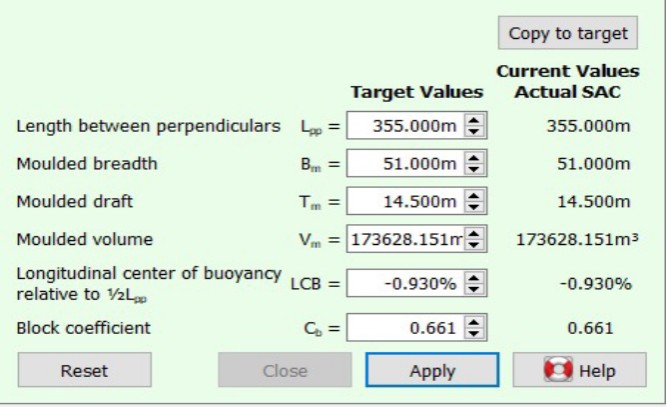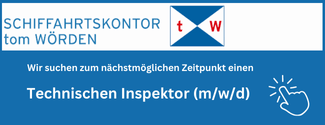
Just because data is available in digital form, it is everything but effortlessly consumable and usable. And just because young people grew up with computers, it doesn’t mean they are highly skilled with them. At Stenden University, a special course tackles both misconception.[ds_preview]
We don’t have to argue that the ICT revolution of the past decades has brought our profession much. Also in the society in general, the awareness and expectations in this respect are high, fed by the maturing of the global connectivity, and the expectations of Artificial Intelligence (AI). Expectations may even rise to unrealistic levels, an example being the »misconception regarding the electronic availability«. This is the idea that if data is available in digital form – somewhere, somehow – then this is effortlessly consumable and usable in each and every computer program. A second misconception is the prevailing idea that young people are highly skilled with computers because they grew up with them and are surrounded by them. Yet, that knowledge is usually superficial. The first misunderstanding relies on the second, so to combat both, increasing the level of knowledge is sufficient. To this end, we recently rolled out a dedicated minor course.
Place and content of minor AETS
This elective minor is situated in the first semester of the fourth Bsc year, and baptized »Advanced Engineering Tools for ShipX«, where X is a placeholder for design, operation or management. Its content consists of seven courses on:
- Workable knowledge with Python
- Numerical methods in engineering, in particular maritime applications of numerical differential equations and statistics
- Linear programming and non-linear optimization
- Data and shape modelling, in particular conventional regression (linear and polynomial) and ship shape modelling
- Hands-on experiments with CFD computations on stationary fluid
- Classification of data, and a too brief introduction into AI. Including an outlook into the normative aspects of these technologies
- A research assignment, where the students are invited to apply the learned techniques on a maritime subject of their own liking.
The courses are taught with introductory lectures, references to relevant literature, and assignments, many assignments, which are performed in alternating groups of two or three persons. Deliverables consist of reports, working computer programs, presentations and an occasional podcast.
The governing learning strategy is where possible to minimize the use of too complicated mathematics, and to rely on elementary physical or mathematical mechanisms instead. For example, a planar moment of inertia (I) is usually educated using Steiner‘s theorem, which in its turn is derived by analytical integration. Our proposition is that by this detour of integration + theorem the insight into the heart of the matter is obfuscated. While the essence of I is simply the summation of every tiny piece of area multiplied by the square of its distance from centroid. Cumbersome to compute in this fashion for a human, but for a computer only a trifle. Such a »first principle« approach illuminates the essence, while the use of previously derived »theorems« only obscures it.
In this sense there is an analogy with »object lessons« (German »Anschauungsunterricht«), a concept attributed to Comenius (1592–1670). Its original implementation was that in addition to language (Latin, in those days), objects or visuals may serve better for students to receive or discover ideas. The correspondence is that also in our view the language of higher mathematics is not always the best instrument to transfer knowledge. For our audience.
Numerical methods and optimization
The aim of the Python course was to provide the students with a practically useful tool. In this respect Python is superb; it is generic, elegant, supported by a vast amount of resources (forums, books, a nice learning app) and a plethora of libraries with all kinds of tools and functions for mathematics, numerical analysis, text processing, file management, data analytics, AI etcetera. It will be obvious that just three weeks is insufficient to educate seasoned Python programmers. But that has never been the goal of this minor. Programming skills up to the level of numerical operations, functions, file I/O, simple graphs and the usage of external libraries are sufficient, for now.
An illustration of our aim to leave out maths wherever possible is the exercise of the heave motion of a vertical cylinder. The standard textbook solution requires some mathematical skills, resulting in the well-known logarithmic decrement. However, with Newton’s second law and numerical integration in small time steps the solution is also found. And not with less understanding, because that is not in the mathematical analysis, it is in internalizing F=m.a, and its power in practice. After this exercise, the student is gently reminded that the analytical solution is only valid for linear cases, while the numerical one is universal.
Data and shape modelling, and CFD
The data modelling part contains exercises with linear least squares regression, applied on 2D and 3D linear as well as 2D polynomial functions. A non-programming exercise was the modification of a vessel’s bulb shape, with a dedicated hull shape modelling program. This ship was the same as subsequently used for CFD, and as an intermediate step a physical model was prepared for 3D printing.
This CFD course gave us a bit more than three weeks to teach the very first principles of stationary flow around the hull, and the related resistance. To students with basic knowledge of fluid flow around the hull, resistance components, shallow water effects and empirical estimation methods for resistance. But without prior exposure to potential flow or Navier-Stokes. In order to teach the students a practical application, a full-blown commercial CFD program was chosen for these exercises. The aim of this course is that at the end the student is capable, in her or his role as ship designer, to order a CFD calculation with an external specialist, and to be able to understand the reported results and conclusions in a responsible manner.
Data science and the research assignment
The data science course changed the mood a bit. Until now the emphasis was on algorithms and programming, but here a number of speakers from the industry were invited to present their vision, developments and achievements. With the idea to build a bridge between theory and practice. Yet, this course also contains a programming assignment, or actually a match, where a (moderately polluted) database with all kinds of general particulars of 13,000 ships was supplied. The task was to learn an algorithm to derive the ship type from its particulars. The winner is the group with the highest score on a separate test set. A small portion of the data science course has been dedicated to normative aspects of algorithms and AI. Here some papers and podcasts have been supplied, with the student’s task to reflect and report, also in a podcast, on supplied propositions.
Lessons learned
The main conclusion from evaluation of the success rate of the exercises is that, although resistance and propulsion has been tutored in earlier classes, the basic concepts of fluid flow phenomena should be reiterated before activating the CFD solver. So, next year’s CFD course will start with some qualitative introductions in this area.
Bulb shape modification exercise
© Koelman / de Geus-Moussault
















